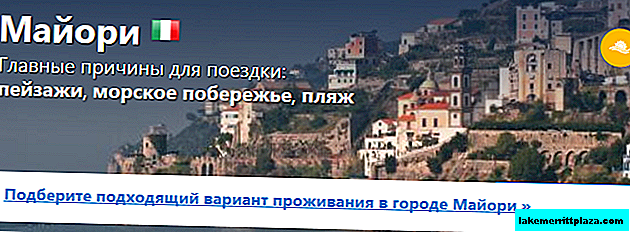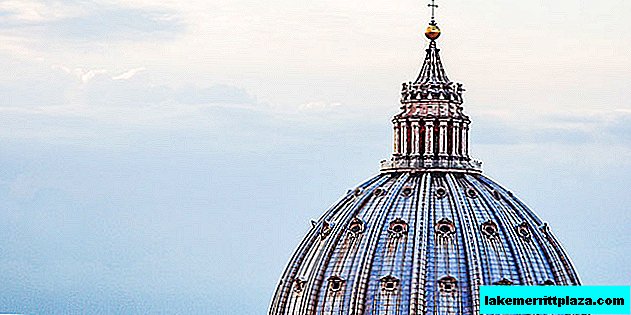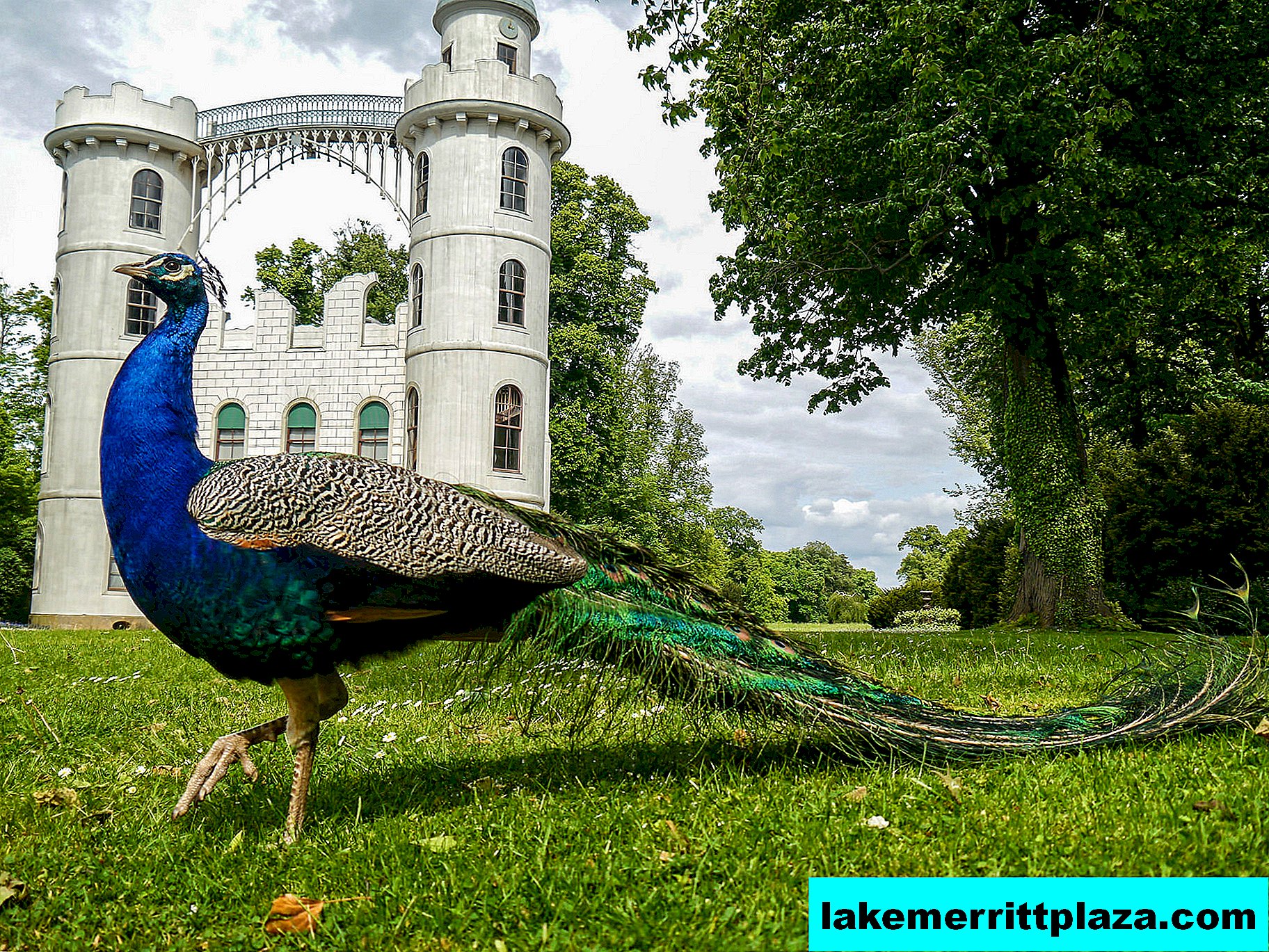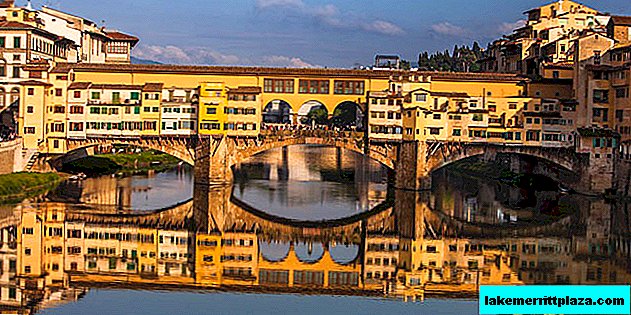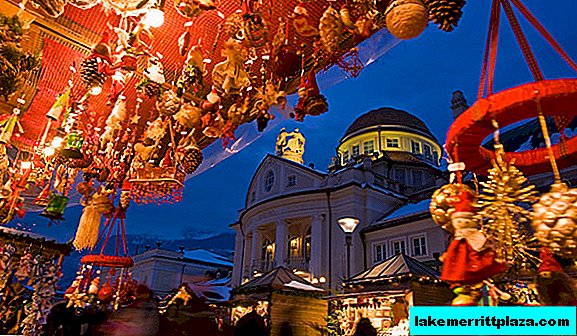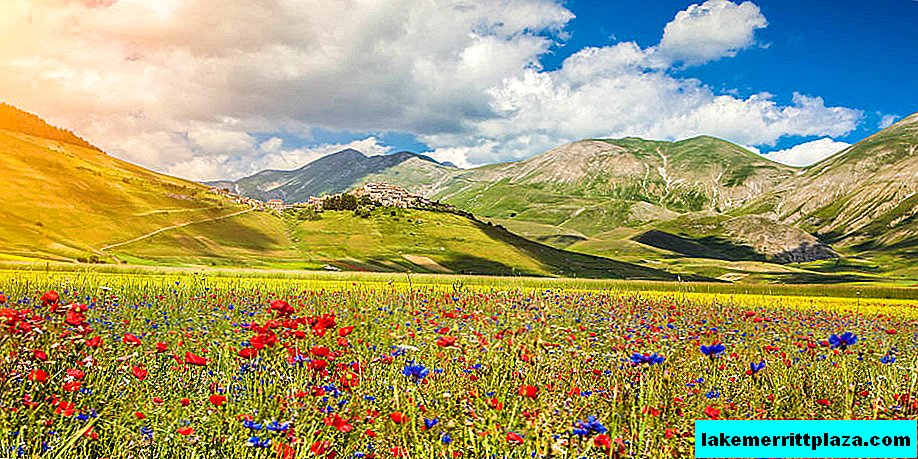The cathedral, called the Cathedral of the Assumption of the Blessed Virgin Mary (Cattedrale di Palermo or Cattedrale Metropolitana della Santa Vergine Maria Assunta) is a unique building of the Middle Ages. It stands out among other complexes with beauty, a mixture of styles of different times and religions. Outside and inside, the cathedral is a real work of art, which was worked by Arab, Spanish, German architects, sculptors and artists.
Story

A rich history has provided the cathedral with a variety and mixture of styles. The many-faced construction reflected the entire complex history of Sicily. Dominion over the island passed from one state to another, the Romans, Normans, Arabs, and Spaniards ruled here. Finally, in the 19th century, Sicily was incorporated into the Italian kingdom.
The best times of an independent Sicilian kingdom fell on the 13-14 centuries. Here, in Palermo, a magnificent cathedral was built and used for ceremonial state events, reminiscent of a palace with its decoration. It solemnly crowned the reign and majestically buried in the tombs of the kings and queens, and later, after several centuries - emperors.

The building of the cathedral is a delightful architectural structure, combining Gothic, Arabic style and classicism, keeping royal jewels, medieval works of art. This is the main tourist attraction of the city, a place of turning to God for believers and worship of history for tourists.
Description

The Cathedral in Palermo was originally built in the Gothic style. The building was rebuilt from a Muslim mosque. Before the Muslims, there was a Byzantine temple (from the 7th to the 9th century), and even earlier, in the 4th century - the Christian church. The memory of the first Byzantine church is preserved - one of the columns of the south side. On it are cut out the words from the holy book of Muslims - the Koran. The ancient column represents a rare unification of the history of different centuries: Islamic words on the Byzantine pillar.

The main western entrance (1352) with small belfries of 13-14 centuries was built in the Gothic style. On the belfries - Arab stucco molding. Gothic elements contains the southern portico (1430). Wooden choirs and the episcopal throne with mosaics of the 12th century correspond to Gothic style. The eastern side of the building has the characteristic features of an Arab-Norman style around the false arches. Here - battlements, inlaid with laurel stone, ornament. The eastern facade conjures up thoughts of East Asia.

The northern portico is a mixture of styles of medieval architecture and classics. It was added in 1536, and Sicilian architects of the Gagini family dynasty worked on his project. Classical features at the northern entrance appeared later, in the 18th century, in the form of small domes and new walls.
The classic dome over the relics of Rosalina is a building of the late 18th century. Its construction was led by the Florentine architect Ferdinando Fugue. This is the last major reconstruction of the complex, which ended at the beginning of the 19th century and gave the building a modern look.
Beginning with Roger II, who conquered the city from the Arabs in the 11th century, the coronation of all the rulers of Sicily took place in Palermo. The largest number of coronations occurred in the 12-13th century, when the cathedral had the status of a central cathedral church. The cathedral church has become not only a place of gaining power, but also the last seat of royalty.
Sarcophagi of Kings
Roger II and the other kings were buried with honor in the same temple. During Spanish rule, the magnificent structure lost its cathedral significance. Coronations did not resume until several centuries later in the 18th century, when the Sicilian kingdom regained independence.

The Cathedral in Palermo is a unique sarcophagus of Sicilian rulers. They rest in porphyry and marble tombs decorated with precious inlay, pearls, gold, carvings, mosaics. Tombs are real works of art protected by law for their unique artistic value and high cost.
The supports for the sarcophagus of the first Sicilian king Roger are made in the form of kneeling youths. The sarcophagus of Frederick II rests on the lions. And the sarcophagus of Constance of Aragon is decorated with sculptural panels. Each tomb is made of rare expensive material, with magnificent artistic decorations.

The cathedral is famous not only for coronations and sarcophagi. At the end of the 18th century, church authority made it possible to carry out astronomical observations here. The temple combined the functions of a scientific observatory and a receptacle of church authority. In the 17th century, a heliometer with zodiacs was built inside the building, it has survived to this day. At twelve in the afternoon the ray of the sun falls on the drawing of that constellation in which the luminary is located.
Chapels and bell tower
The Cathedral in Palermo presents a unique work of art. It contains marble statues, paintings by artists, unique architectural decorations. The treasury presents jewels from the imperial tombs, unique church vestments, and noble goblets.

The side chapel on the right, called the chapel of Relics, preserves the relics of Christian martyrs. At normal times, the passage to the chapel is closed. Relics are endured only during Christian holidays. A separate chapel holds the relics of St. Rosalia. According to legend, under the name of Rosalia in the 12th century there lived a woman of noble birth, who left a secular life and secluded herself in the caves for prayer. In the Middle Ages, the relics of pure Rosalia saved the townspeople from the plague. Therefore, modern Palermo considers the saint as his patroness. The tombs of the rulers are located in two separate temple rooms - chapels. They are located on the right side of the western portico.

The bell tower of the times of Norman construction looks like a fortress. In the 12th century, royal chancellor Stefan du Perche was besieged here. In the 19th century, the top of the central bell tower was rebuilt to the Gothic style. The bell tower connected to the cathedral at the top with lancet arches. In the 20th century, the bell tower was crowned with a statue of the Madonna.

The dome over the relics of St. Rosalia is one of the last structures dating from the late 18th century. Together with the dome, 14 side chapels (additional rooms) were built. Precious sarcophagi arranged before reconstruction throughout the cathedral were gathered in two separate chapels.
Statues

Since 1575, Cathedral Square in Palermo has been surrounded by a marble balustrade and statues by sculptor Gadzhini. A hundred years after the erection of the balustrade, a fountain was installed in the middle of the square, and a hundred years later the fountain was decorated with a statue of Rosalia by the sculptor Vincenzo Vittaliano (1744).
Statues of famous artists adorn the cathedral from the outside and from the inside. The most famous of the sculptural attractions is the statue of the Virgin and Child (Madonna Libera Inferni) - 1469. The statue is a work of the medieval carving master Francesco Lauran (1469) and is located in the northern nave.

The greatness of the Cathedral, its architecture, gold inlays and stucco moldings amazes visitors, deprives them of the gift of speech, delights with its unique beauty. Perhaps this is the most beautiful place in Palermo.
Working hours

The doors of the temple are open to believers and tourists daily. On weekdays - from 8:30 to 18:00, on weekends - 11:00 to 18:00. Tourists are not allowed to enter during the mass, which begins at 7:30 and at 18:00 on weekdays, on holidays - at 8:45, 9:45, 11:00 and 18:00.
A visit to the cathedral is completely free. A visit to the treasury, the royal tomb and the crypts costs money. The entry price varies from 0.5 euros to 3 euros, depending on the age category of the visitor. For information phone: +39 091 334373. The official website of the Cathedral in Palermo: www.cattedrale.palermo.it/
Dress code
To visit the religious complex, you must follow the dress code: shoulders and knees should be closed even in the most unimaginable heat. Inside the temple in the summer is cool. The thick walls of the cathedral save from the July heat. Inside the building, you can contemplate temple decorations for a long time and listen to the measured way of religious life.
How to get there

Finding the Cathedral is not difficult, it is located in the center of Palermo. You can get to the cathedral on foot from the train station, spending only 20 minutes. First you will have to go along Via Maqueda, and then along Via Vittorio. You can also take a taxi or use the exotic horse-drawn carriage.

